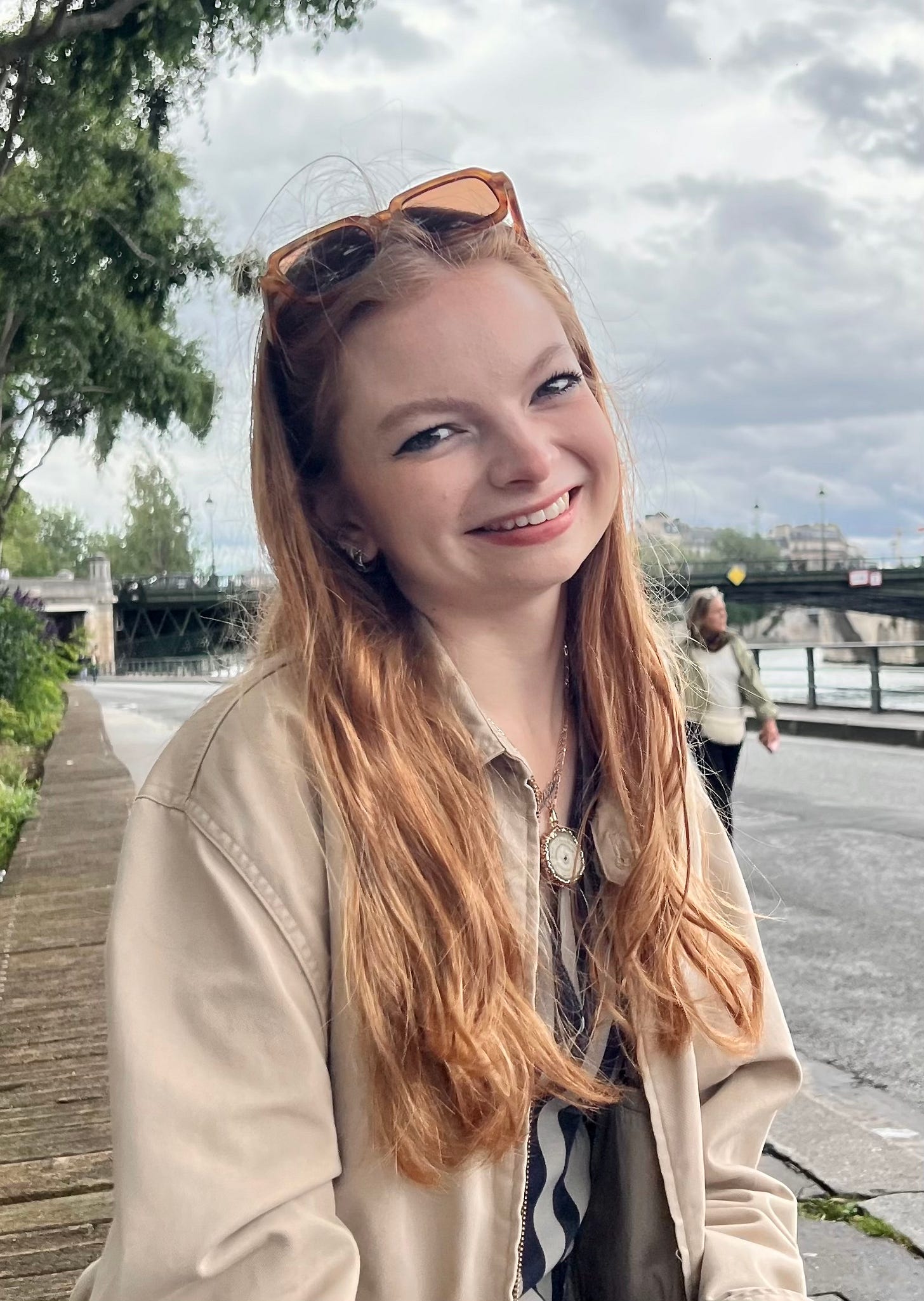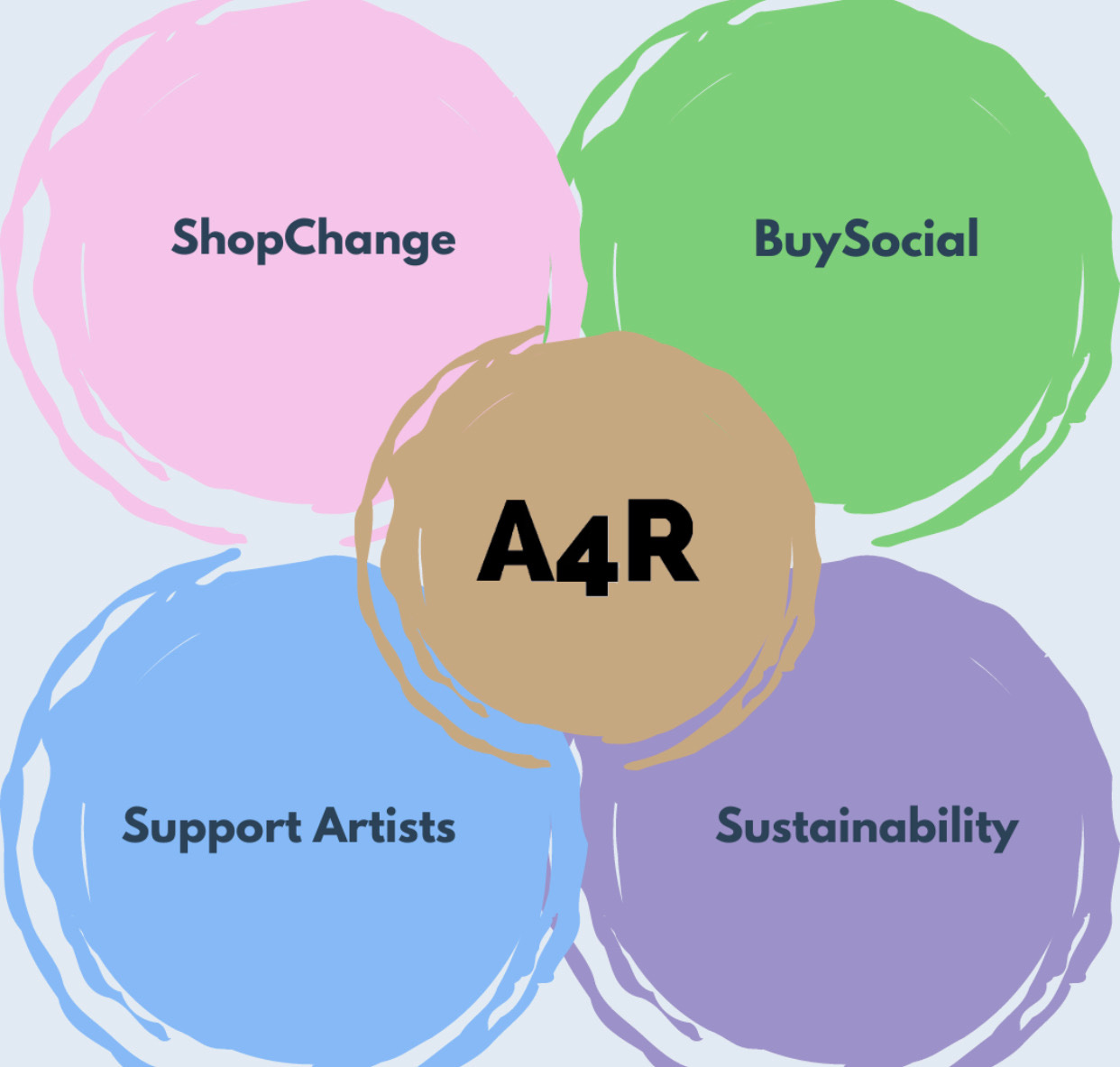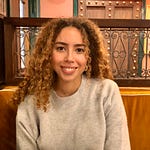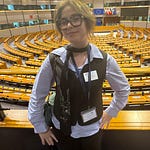The Digital Divide: Misinformation on Post-Conflict Communities in the Media
Understanding Digital Divides
With the advancement of technological infrastructure, post-conflict communities are experiencing yet another way in which their re-integration into society and self-determination are being threatened. According to the UN, the digital divide ‘consistently reflects and amplifies existing social, economic, and cultural inequalities’. Since whole communities are displaced and victims of war are forced to seek asylum in new territory as a result of violence, our initial conception of the digital divide would probably be the inequitable access of these groups to technology or the Internet. Cut off from the educational resources and economic opportunities that are available online, the digital divide is indeed marginalising post-conflict communities in this way.
However, this article will primarily focus on how the digital literacy gap is contributing to the spread of misinformation on post-conflict communities in the media, creating an online narrative to which displaced persons living in precarious situations cannot contribute. Digital literacy refers to the ability to access, understand, communicate and create information safely through digital means. We will explore this deficiency and its hindrance to fulfilling fundamental human needs in two post-conflict communities: internally displaced people (IDPs) in Northeast Nigeria who are increasingly misrepresented in national media outlets; and Syrian refugees living in Lebanon who are the subjects of false stories spread harmfully on social media.
Background: Displacement and migration in the face of conflict
As of June 2022 there were 3.1 million internally displaced people in Nigeria, consisting of those forced to flee their homes in parts of the North-East due to the threat of Boko Haram and other non-state armed groups, as well as over 85,000 asylum seekers from Cameroon. 95% of IDPs in Nigeria reported conflict as the main reason for displacement. While the prosperous, Southern cities benefit from more advanced digital infrastructure, IDP populations in Northern Borno, Yobe, and Adamawa are suffering the loss of their communities and homes. An effective way to sensitise other regions on their abused rights would be via storytelling in the media, but the reach and power of digital platforms are falling short at adequately informing on the issues affecting vulnerable people.
Meanwhile in Lebanon there are more than 800,000 Syrians registered as refugees who have escaped the conflict of their own country. Their place of asylum, however, is not providing the safe and inclusive environment that is essential to aiding their reintegration into society. The violent and exclusionary nature of hate speech and fake news, perpetuated mostly through social media, is posing a barrier to social cohesion among refugee and host communities in Lebanon.
Manipulated Media Framing
The state of media ownership in Nigeria, of which there are two main types, severely limits the autonomy of IDPs in participating in online coverage about them. Firstly, outlets such as the Nigerian Television Authority and Federal Radio Cooperation of Nigeria are entirely financed and supervised by the government, with such ownership often pointing to a political agenda (Tobechukwu, 2011). If Nigerian media largely serves the interests of those heading political parties, then government-controlled content may not report adequately on the precarity of IDPs to prevent implicating those in power and suggesting their incompetence. Private media, at the opposite end, also resort to the distortion or obscuring of information in order to serve the interests of financing organisations. The gap this leaves in the media landscape for unbiased reporting means internally displaced Nigerians cannot enter the public discourse themselves, and the chance to participate in a network of information that would aid their integration into society is denied.
What’s more, the issues of IDPs are conveyed in the media through different frames (Van Gorp, 2005). The way in which reports are constructed and information is presented shapes the media consumer’s perspective, and yet the various discourses and ‘spins’ on the experience of displacement create an incomplete, often disparate, and inauthentic narrative. Different frameworks may include: putting a human face at the forefront of information (Steimel 2010), which can often superimpose the concrete issue at hand with emotion; episodic framing (Baysha, 2004) to portray issues as specific events resulting from the actions of certain people, which may entail a politicised rather than personal representation of these communities.
The misrepresentation of Nigeria’s internally displaced population via these means is symptomatic of the broader hardships and inequality which post-conflict communities suffer. The digital divide characterised by a difference in internet access between urban zones (mainly in the South) and more poverty-stricken areas (populated in the Northeast by victims of internal conflict) translates to the digital literacy gap. Lacking digital skills, including in photography and videography, IDPs lack agency in the narratives told about them, their input into public media discourse barred by their circumstances.
Disinformation Propagating Online
While post-conflict communities in Nigera suffer the impact of misinformation in the form of their under- or misrepresentation in the media, Syrian refugees in Lebanon are the targets of deliberately harmful and false stories – or disinformation. This year has seen an increased focus in the media on crimes in Lebanon that unfoundedly implicate Syrian nationals. When the news broke in April, for example, that Pascal Sleiman (an official of the Lebanese Forces) was killed, misinformation ran rampant online, with baseless accusations spreading on social media that a gang of Syrians were behind the incident. Fake news of this dangerous kind was inflamed by old videos appearing on X and Instagram showing previous violence taken out of context. The algorithmic nature of social media platforms creates an echo chamber of this hateful and discriminatory content, fuelling negative attitudes towards Syrian refugees in Lebanon. Disinformation spread online about this post-conflict population makes their welcomed integration and collaboration with Lebanon’s communities almost impossible.
Beyond social media, even mainstream media channels embolden anti-refugee sentiment. In February 2024, MTV – a privately-owned channel and one of Lebanon’s most watched – ran adverts which falsely claimed that Syrian refugees make up half of the country’s population. Such disinformation reveals two sides to the digital literacy gap in this case: Syrian refugees, like IDPs in Nigeria, lack technological initiatives to communicate on the reality of their issues and challenge anti-refugee discourses; and certain media consumers in Lebanon appear to lack the tools and techniques to critically evaluate information and identify false narratives.
Undermining Human Needs
In light of the 7 fundamental human needs, it is evident that misinformation on post-conflict communities threatens three of them in a major way. Firstly, false stories on Syrian refugees severely undermine their need for connection and acceptance, as the hateful online narrative written about them entrenches divisions between host and refugee communities, preventing the latter’s integration into their new society. The need to participate in society is also inhibited by misinformation in the media, as the communities we have discussed are denied the skills and tools necessary for using their experiences and insights to inform others. Finally, the inadequate representation of post-conflict communities impacts their attempt to re-establish their identity, as constructing a narrative about displaced Nigerians without their input threatens their right to belong to a collective whose identity they have shaped themselves.
Conclusion
The current situation for internally displaced people in Nigeria and Syrian refugees in Lebanon shows us that the digital divide is more complex than providing equal access to technology and improving infrastructure in rural areas. Potential solutions to facilitate the participation of post-conflict communities in their media representation will have to empower these groups with resources and expertise, skills, and understanding, so that they can reassume ownership of a collective identity and be effective storytellers in a digital age.
In this episode Georgina discusses the Digital Divide and Disinformation issues and their impact on Post Conflict communities. She is a student journalist with us on a placement organised with Oxford University Career Services. This article was edited using Lex.page.
Thank you for reading an A4R 🎨 Post. Don’t forget to visit our gift shop here. Every purchase scales our impact and pays our bills.















